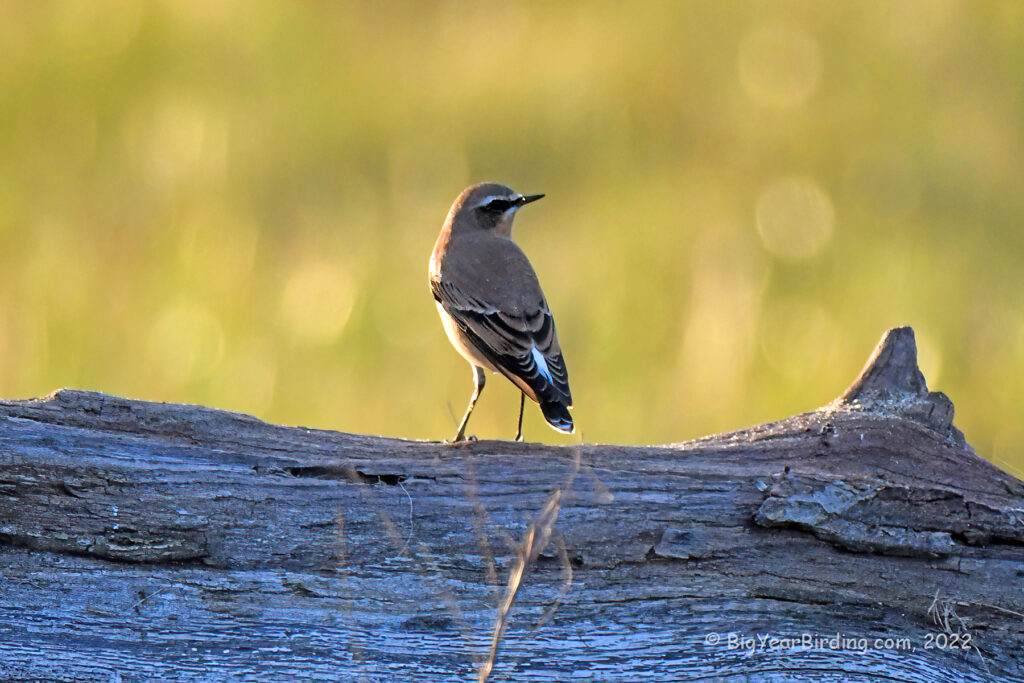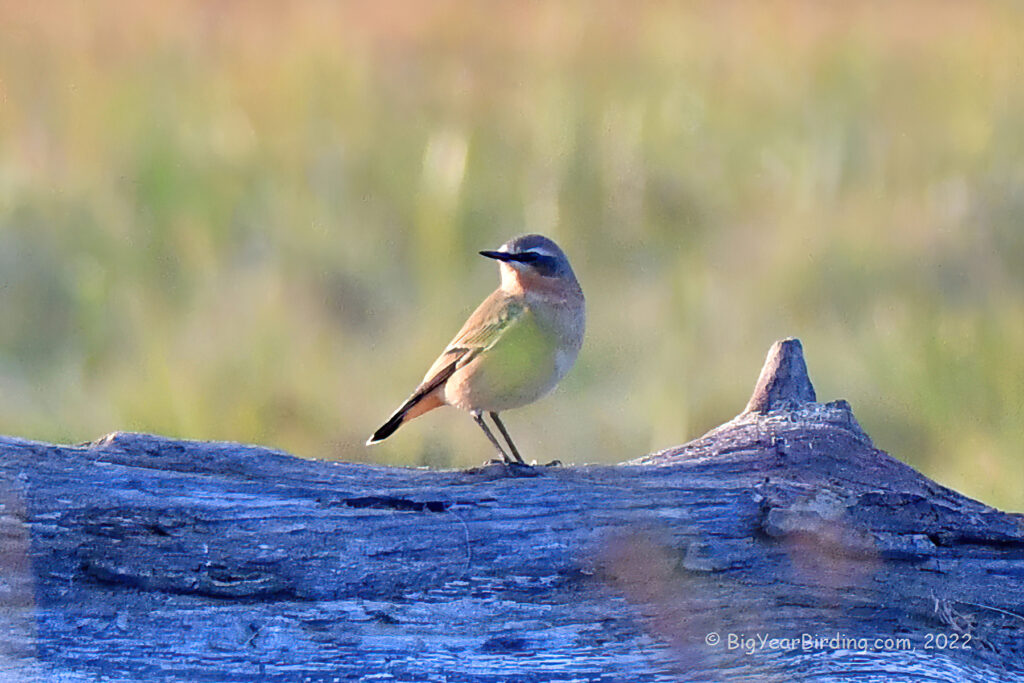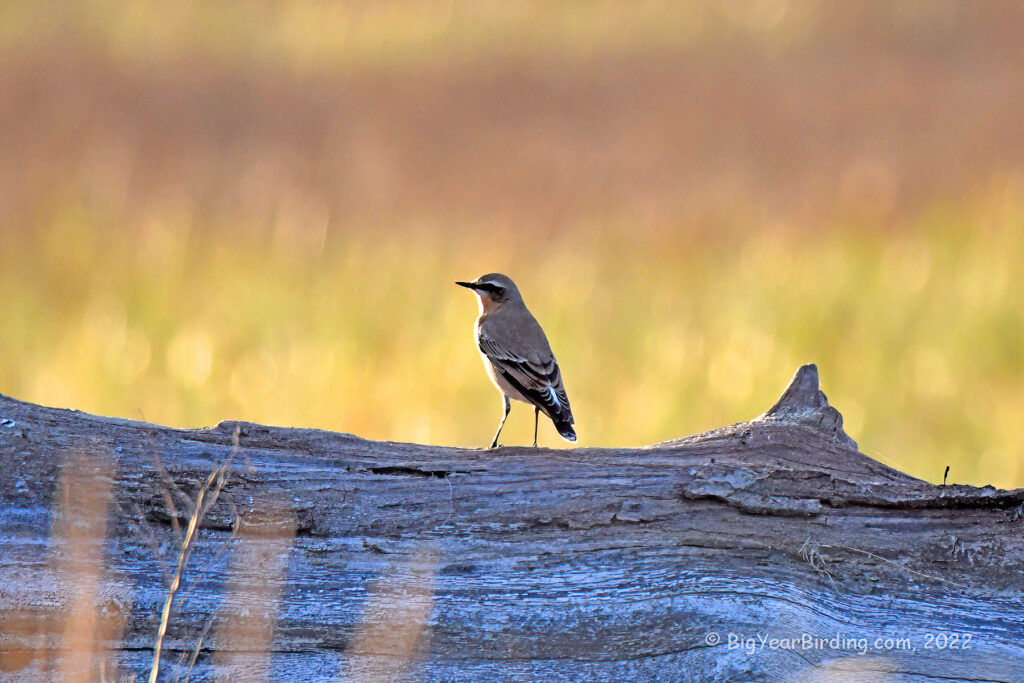
The Northern Wheatear (Oenanthe oenanthe) is a small migratory bird that belongs to the family Muscicapidae. They are approximately 5.5 inches (14 cm) in length and have a wingspan of about 11 inches (28 cm). The average weight of an adult Northern Wheatear is around 0.78 ounces (22 grams).

Northern Wheatears have distinctive markings that make them easy to identify. They have a grey head and back, with a white belly and black wings. Males have a blue-grey throat, while females have a pale buff throat. In the winter, their plumage is less colorful, with brownish-grey upperparts and a whitish underbelly. They have a narrow, straight bill and a short tail.
Northern Wheatears are migratory birds that breed in the arctic tundra and winter in sub-Saharan Africa. They typically migrate in late summer and early fall, with some individuals traveling up to 9,300 miles (15,000 km) to reach their wintering grounds. During migration, they can be found in a variety of habitats, including open fields, rocky terrain, and coastal areas.

During the breeding season, Northern Wheatears can be found in open, rocky habitats such as scree slopes, coastal cliffs, and rocky outcrops. They build their nests in rock crevices, burrows, or in man-made structures like walls or buildings. They typically lay 4-6 eggs that are pale blue with brownish spots. The eggs hatch after around 12-14 days and the chicks fledge about two weeks after hatching.

Overall, the Northern Wheatear is a fascinating migratory bird with distinctive markings and interesting behaviors. Its long-distance migration from the Arctic to Africa is an impressive feat, and its open, rocky habitat preferences make it a unique species to observe in the wild.
